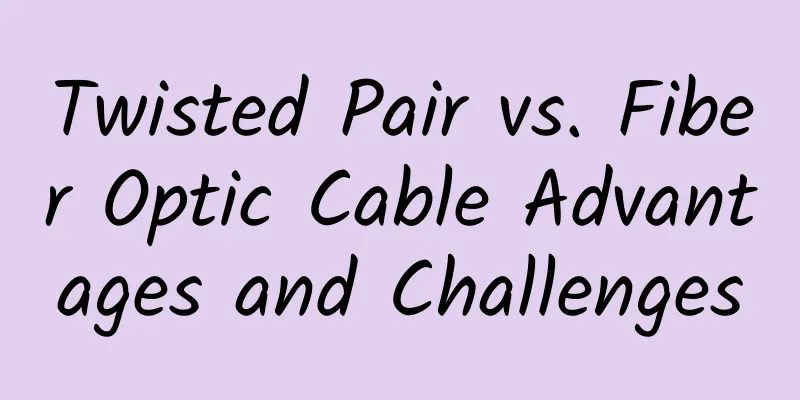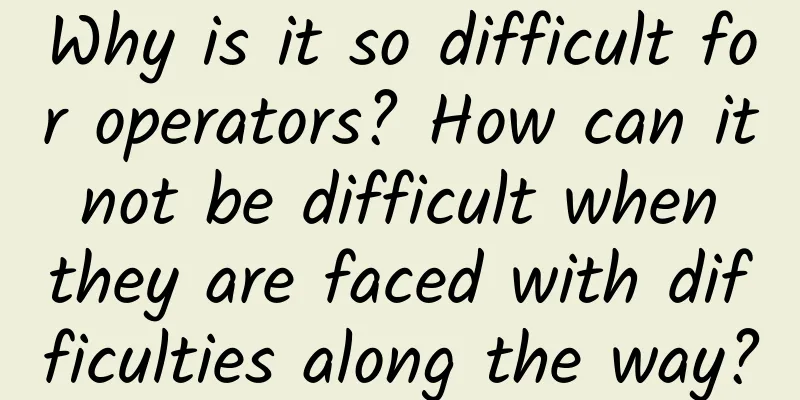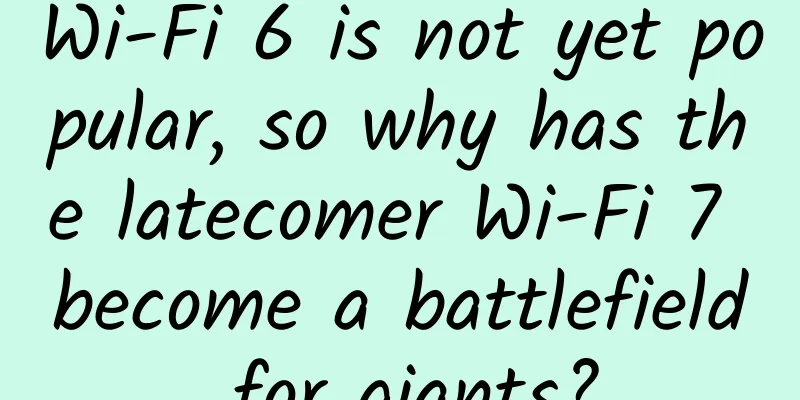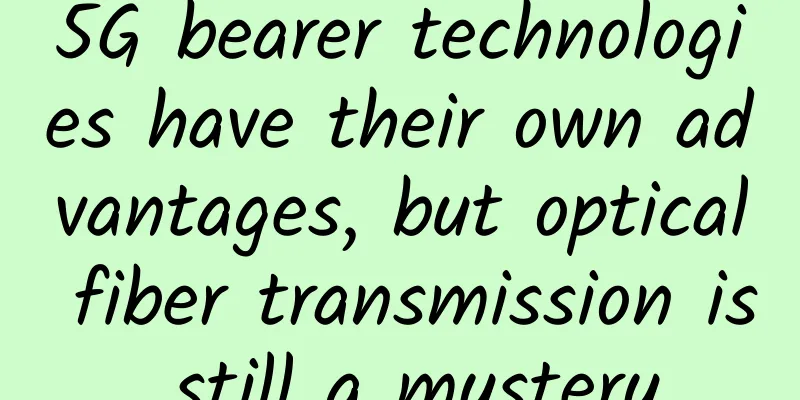Twisted Pair vs. Fiber Optic Cable Advantages and Challenges

|
Data transmission is the backbone of today's digital infrastructure, and it is achieved through cables. Whether it is a commercial enterprise, a telecommunications network, a data center or a home internet connection, the correct choice of cable plays a vital role in data transmission. Several types of cables are used for this purpose, but the most popular among them are twisted pair and fiber optic cables. This article provides insights into the benefits and challenges of each type, as well as tips for the right choice. Introduction to Twisted Pair and Fiber Optic CablesTwisted pair and fiber optic cables have been around for a while and are mainly used in the global network infrastructure. Despite their popularity, users are not dedicated to their construction and working. The following tips will help us understand their construction and use in different applications. Twisted Pair: Originally developed by IBM, these cables are very similar to the coaxial cables used in cable TV connections, the only difference being that there are two conductors instead of one. These cables were initially used in IBM power systems, mid-range mainframes, printers, terminals, etc. Twisted pair cables consist of two conductors twisted together and insulated from each other. Both conductors are used for data transmission as they operate in half-duplex mode. These conductors are surrounded by a protective outer jacket. The twisted pair configuration in these cables combined with SFP+ modules helps minimize crosstalk and electromagnetic interference, enabling high-speed, reliable data transmission in Gigabit Ethernet networks. Fiber Optic Cables: These cables are characterized by thin wires made of plastic or glass carrying light pulses. Here, data is transmitted in the form of light pulses. This technology ensures minimal signal attenuation over long distances. Due to its advantages, fiber optic cables have quickly become the first choice for long-distance communications, such as transoceanic cables. Twisted Pair vs. Fiber Optic Cable Advantages and ChallengesNow that we understand the construction and applications of these cables, let’s understand the differences between them through the challenges and advantages of these cables. Advantages of twisted pairHigh-speed data transmission: Twisted pair cables can achieve data speeds up to 100Gbps, which makes them ideal for data centers and storage devices that require efficient and fast data transmission. Cost-effectiveness: Twisted pair cables are more cost-effective than fiber optic cables and many other types of cables. These cables offer superior performance, comparable to fiber optic cables, but at a much lower price, making them a top choice for budget-conscious projects. Low latency: This is a significant advantage for applications where real-time data transmission is critical, such as high-frequency applications and data centers. Compatibility: Due to compatibility with different interfaces such as SFP+, QFSP28, QSFP+, etc., twisted pair cables can be easily integrated into any existing infrastructure. Ruggedness: These cables have a rugged construction that can resist physical damage to a certain extent, making them a good choice for many outdoor environments. challengeLimited bandwidth: While these cables support high data rates, they have certain bandwidth limitations. These limitations can be a disadvantage for applications that require large amounts of data to be transferred over long distances. Limited distance: As mentioned earlier, twisted pair cables are very similar to traditional coaxial cables, but have limitations in terms of distance. This limits their use to short distance transmissions. Fiber Optic Cable AdvantagesHigh Bandwidth: These cables ensure better bandwidth than copper cables. Optical fiber can transmit more data per unit time, which gives it a significant advantage over other transmission media. With the rise of digital transactions, high bandwidth availability has become a top priority. Fiber optic cables can easily meet this high bandwidth availability. Long-distance transmission: Fiber-optic cables transmit pulses of light faster than copper cables can transmit electrical pulses. Unlike copper cables, these pulses are not susceptible to holes, which makes them ideal for long-distance transmission, such as undersea cables. Resistance to electromagnetic interference: As mentioned above, fiber optic cables transmit light signals instead of electrical pulses, which is why they are immune to electromagnetic interference (EMI) and radio frequency interference (RFI), making them ideal for electrically noisy environments. Greater flexibility: Fiber optic cables are thinner and lighter than twisted pair and coaxial cables. In addition, they are designed to withstand greater pulling pressure than copper cables. This makes them less susceptible to damage, breakage, and ensures less downtime than twisted pair cables. Fiber optics can be bent easily and resist more corrosive elements than copper cables. Data security: Although copper cables including twisted pair cables are still an integral part of traditional data networks, they do not guarantee complete data security. Fiber optic cables help ensure data security and are not prone to radiating signals. They are difficult to damage or tamper with, and therefore, are secure. They also provide a high degree of physical security as all electronic equipment and hardware can be installed in one location. On the other hand, in traditional infrastructure using copper cables, equipment is installed in different distributed locations in the facility due to its short-distance transmission capabilities. challengeHigh upfront cost: Fiber optic cables are designed to overcome the challenges of copper cables, which is why they require a high upfront cost. They are expensive to install and have high maintenance requirements. How to choose optical fiber and twisted pairChoosing between fiber optic and twisted pair depends on the application requirements. The following tips will simplify the selection process. Distance: If the application involves short-distance connections in a controlled environment, then twisted pair is the perfect choice. However, if you are planning a network that spans a city or country, then fiber optic cable is the best choice. Budget constraints: As mentioned earlier, twisted pair cables are the best choice for projects with limited budgets. Although fiber optic cables may seem like a large upfront investment, they offer long-term benefits in terms of maximum uptime, high-speed data transmission, immunity to electromagnetic interference, etc. In addition, they can be blended with existing networks, which makes them slightly more budget-friendly. Environmental restrictions: We have to consider the environment in which these cables will be used, for example, if the cables are used in a challenging environment where they will be subjected to physical stress, then twisted pair is the best option. However, if protection from electromagnetic interference is sought, fiber optic cables are the best option. in conclusionAs mentioned above, twisted pair and fiber optic cables each have advantages and challenges, but the choice will depend on the application requirements. If you are already using these cables and want to maximize the value of your investment, then you must invest in quality equipment, such as media converters that help convert electrical signals into optical signals. |
<<: What are the most common types of communications antennas?
>>: What is structured cabling in a network system?
Recommend
How is Gigabit LTE different from 5G?
Gigabit LTE: The 4G solution for high-speed cellu...
The cutting-edge of Internet technology - a comprehensive analysis of TSN
[[271597]] TSN is the abbreviation of time-sensit...
Internet of Things Lecture: NB-IoT\eMTC\LoRa have their own division of labor
In 2018, the year of the explosion of IoT connect...
Age and technology determine building control lifespan
The average lifespan of an American car is about ...
LoRa upgrade! Supports satellite communications. What new applications will it unlock?
In the second half of 2021, the British space sta...
What exactly are CPU, GPU, TPU, NPU, etc.?
[[373720]] CPU stands for Central Processing Unit...
With the advent of 5G, the development prospects of communication test instruments are promising
In recent years, China's microwave test and m...
Illustrated explanation of the past and present of four IO models
Recently, I have come to believe that when explai...
MoeCloud: US CN2 GIA line VPS annual payment starts from 299 yuan
MoeCloud also launched a promotion this month, of...
Synchronized is the king's harem manager, and thread is the queen
If synchronized is the "chief steward" ...
Kunpeng spreads its wings and Zhejiang has great potential. The briefing session of Kunpeng Application Innovation Competition 2020 (Zhejiang Division) was a complete success!
On the afternoon of July 31, 2020, the Kunpeng Ap...
V5.NET: 32 yuan/month-dual core/2GB/40GB/500GB@500Mbps/Hong Kong data center
V5 Server (V5.NET) has launched new cloud servers...
Hosteons Salt Lake City AMD Ryzen Series Promotion $3/month-1GB/20G NVMe/4TB@10Gbps Bandwidth
Hosteons is currently promoting the Salt Lake Cit...
Huawei's Yu Chengdong: This is a truly global mobile Internet cloud service
Normal 0 7.8 磅 0 2 false false false EN-US ZH-CN ...
Detailed family history: How the Internet has changed in the past decade
【51CTO.com Quick Translation】 Since its birth, th...









